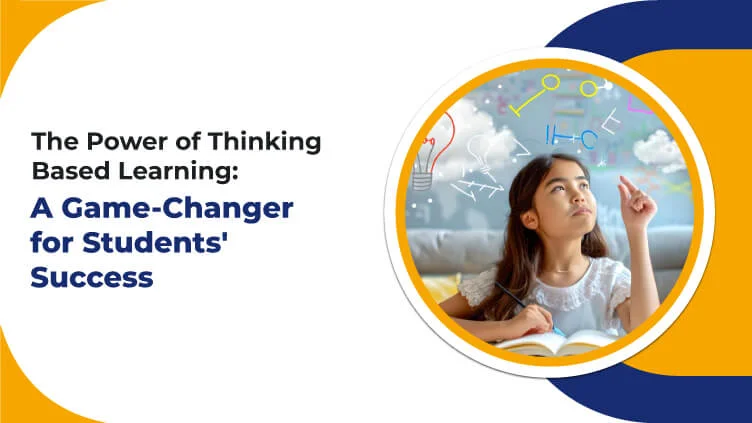
Introduction
More than ever, our teaching tactics, methods, and approaches are essential in the quickly changing educational environment of today. Modern and innovative learning approaches that place a priority on active involvement and critical thinking are posing a growing threat to traditional learning methods, which are typically typified by rote memorization and passive information absorption. Thinking-based learning is a revolutionary approach that promotes enhanced comprehension and long-term memory recall.
What is Traditional vs. Thinking-Based Learning?
Conventional teaching methods are based on a teacher-centred approach, in which students attempt to absorb and remember the knowledge being taught. This approach prevents students from posing questions, working independently, or applying what they have learned in a practical environment and fosters critical thinking and creativity.
For example, in traditional maths classrooms, students work hard to memorise formulae and solve problems without understanding the underlying concepts. Conversely, thinking-based learning places more of an emphasis on students’ curiosity, problem-solving skills, and level of involvement. It pushes students to ask questions, consider the content critically, and apply what they have learned. In addition, streamlining the educational process develops the critical thinking abilities needed to succeed in the globalisation in society today.
Types of Thinking-Based Learning
Many educational strategies are used in thinking-based learning such as:
1.Inquiry-Based Learning
It is a method perfectly apt for students wanting to explore questions and problems rather than simply receiving information. It encourages active participation and curiosity among them.
For example, in a science lesson, students are asked to create and carry out experiments to comprehend the fundamentals of physics.
2.Project-Based Learning (PBL)
Students work on projects that require their knowledge and skills. It helps them to solve real-world problems. It encourages them to enhance critical thinking and collaboration.
For example in a social study project, students can use research papers, and designs with presenting abilities to construct a community plan to solve local area challenges.
3.Problem-Based Learning (PBL)
This approach focuses on developing students’ critical thinking and problem-solving abilities while preparing them to tackle challenging issues that they ought to be able to resolve.
For example, students wanted to write a case study on solving a public health crisis. It requires them to research, analyse data, and propose solutions.

0 Comments
Post Comment